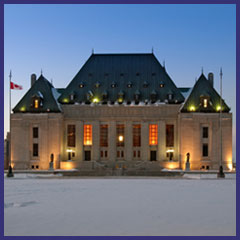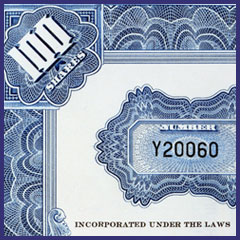
Patents & Utility Patents
What is a Patent or Utility Patent?
When people refer to patents they usually mean Utility Patents, which protect the idea or functioning of an invention, as opposed to merely the shape or configuration of a physical item or any artwork or ornamentation thereon typically covered by an Industrial Design or Design Patent (the exact terminology depending upon the country of protection). An invention for patent purposes means any new and useful art, process, machine, manufacture or composition of matter or any new and useful improvement to same. This technical definition from the Canadian Patent Act is probably useless to most people. Practically a patent may be issued for devices or machines, chemical formulations (including drug Patents) and methods of manufacture and/or doing various things. A Patent may be issued for a new practical form of an idea or invention, but not for a concept with no practical way of putting the concept into use. Accordingly, there is often a very subtle line between what is patentable and what is not patentable.
Although significant differences exist from country to country, the general concepts of Patent law are very similar worldwide, and are covered by a set of International Treaties (covering most but not all important countries) which allows an application in one country to be perpetuated into other countries using the same initial filing date (designated a “ priority date”).
Fundamental Patent Concepts
The 3 main patent concepts applicable in substantially all countries are as follows:
1. Novelty or anticipation - The combination of features which makes up an invention must not exist or be known anywhere in the world (not just in a particular country in which protection may be sought);
2. Unobviousness or inventive step - The combination of features which makes up an invention must not be obvious to a skilled worker in the relevant field; and
3. Utility or industrial applicability - An invention must have some useful purpose and must work as stated in the Patent application or patent.
An invention must be considered novel, unobvious and useful in any country in which Patent protection is sought or ultimately a Patent will not be issued (although anyone can file an application-regardless of whether or not a Patent might ever result).
Barring PUBLIC DISCLOSURES
An invention must not have been publicly disclosed anywhere in the world, failing which Patent protection is usually barred substantially worldwide. Canada and the USA are substantially the only countries which provide a particular one year grace period from a first public disclosure, within which a Patent application may still be filed, failing which Patent protection will be barred in those countries as well. Accordingly, it is important to keep an invention secret until you thoroughly discuss publication and secrecy rules with a Patent professional.
Geographic Protection
Patent protection is usually only granted on a country by country basis, although there are few regions in which a regional Patent may be obtained, but this is extremely limited (i.e. Europe, Russian Federation, parts of Africa and parts of the Middle East).
No Amendments to Patent Applications To Add New Matter
Patent applications once they are filed cannot be amended to add any new parts, functions or significant explanations and accordingly, it is critically important that a Patent application be prepared in full and properly on the date of original filing. This up front effort to properly and fully describe an invention usually composes most of the costs of a Patent filing.
Duration of Patents
Virtually worldwide, any issued Patent is valid for a maximum of 20 years from the original filing date in the applicable country or region (that is 20 years from the application date, not the date of issue of the Patent). Patents typically must be maintained by paying maintenance fees periodically throughout the twenty-year maximum life of a Patent, failing which the Patent will prematurely lapse and permanently fall into the public domain. Once a Patent expires or lapses a patent may not be renewed, although a new application for a related invention may be filed for a patentable related improvement in which case only the improvement would be covered by the subsequent Patent.
General
Please feel free to review the additional and more detailed information in the below list of links to our website. Many clients find it helpful to conduct a screening review with us in order to determine whether or not a particular invention could possibly be protectable or not, review relevant deadlines and outline relevant considerations for preliminary research and due diligence which you may wish to conduct prior to proceeding with a professionally prepared patent search and opinion. When you are ready please feel free to to arrange an initial consultation to review the extent of potential protection of your invention and the law and Treaties applicable thereto in Canada, the USA and worldwide.





.jpg)















.jpg)
.jpg)